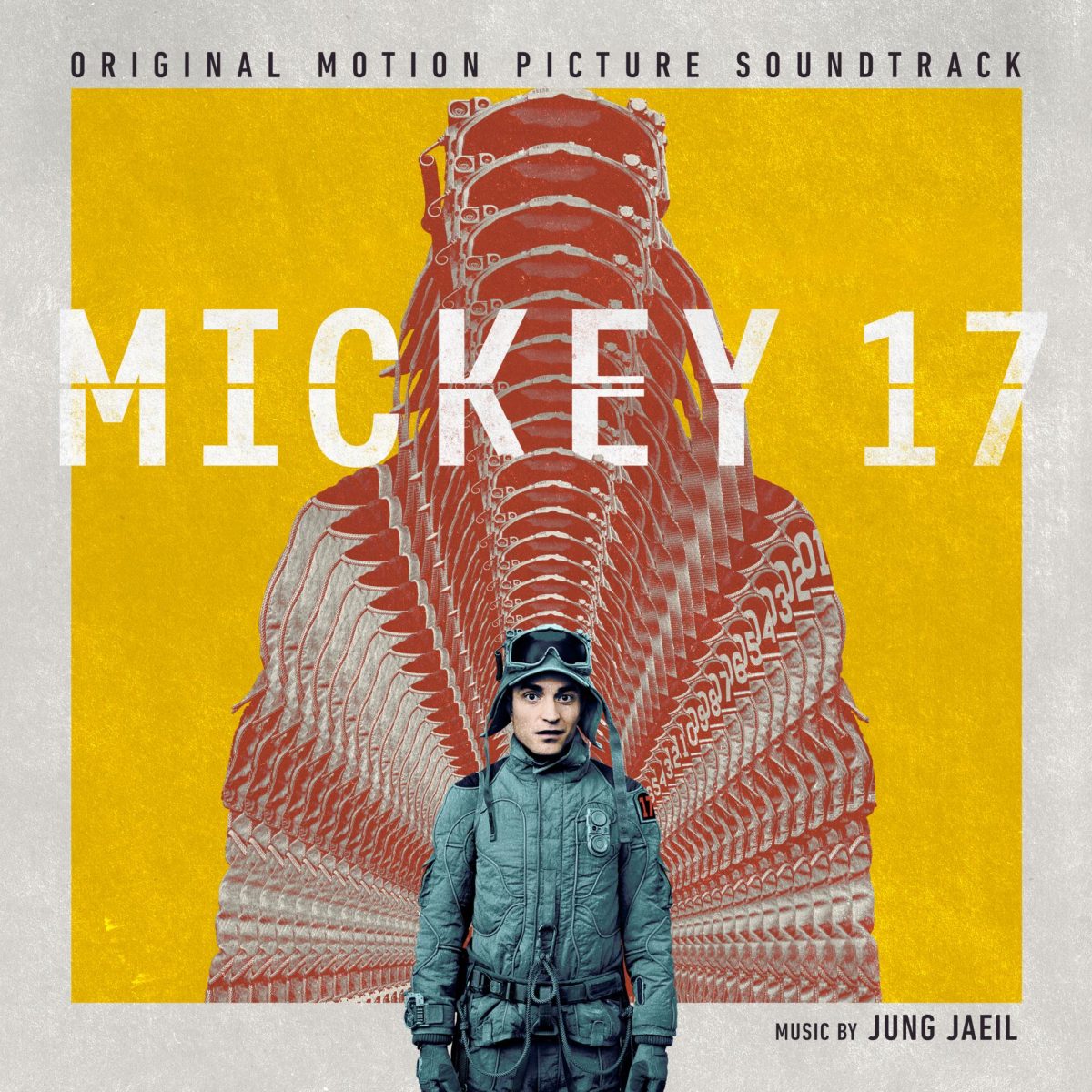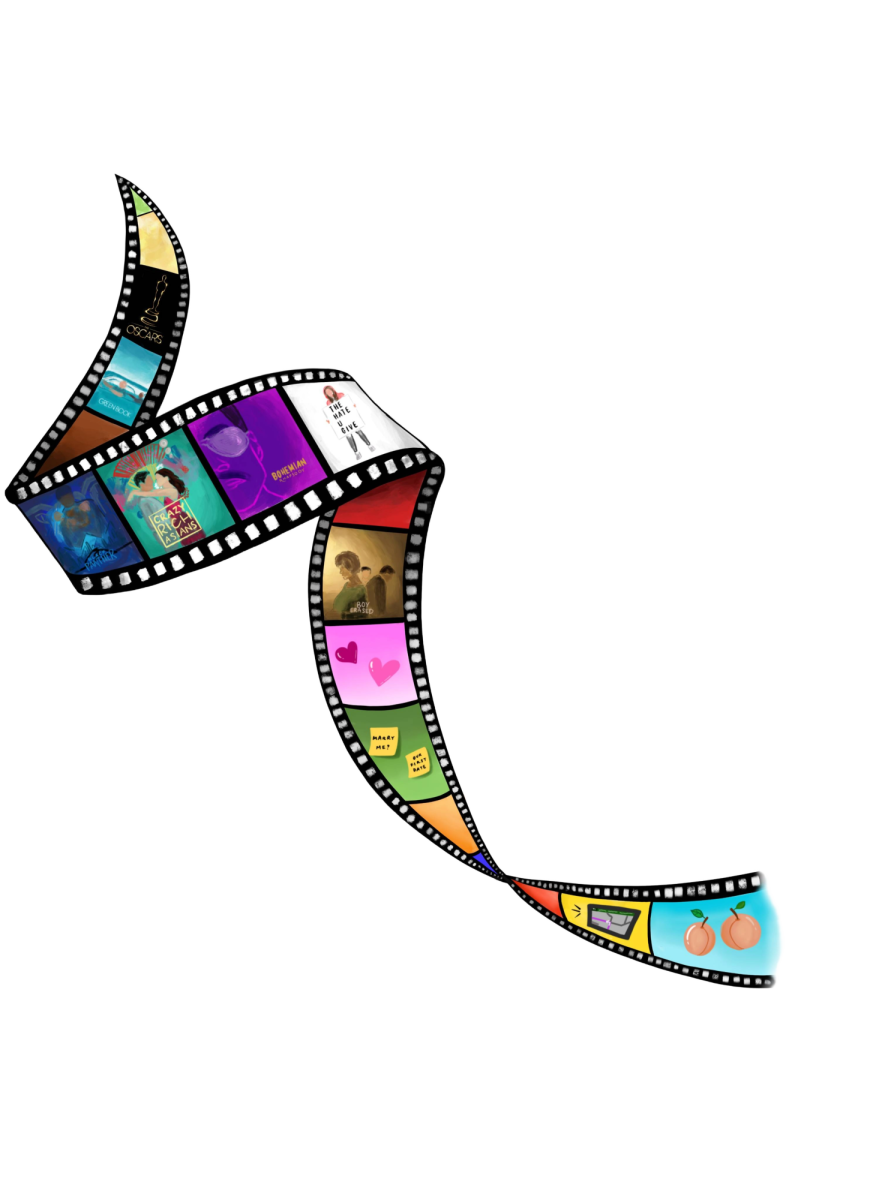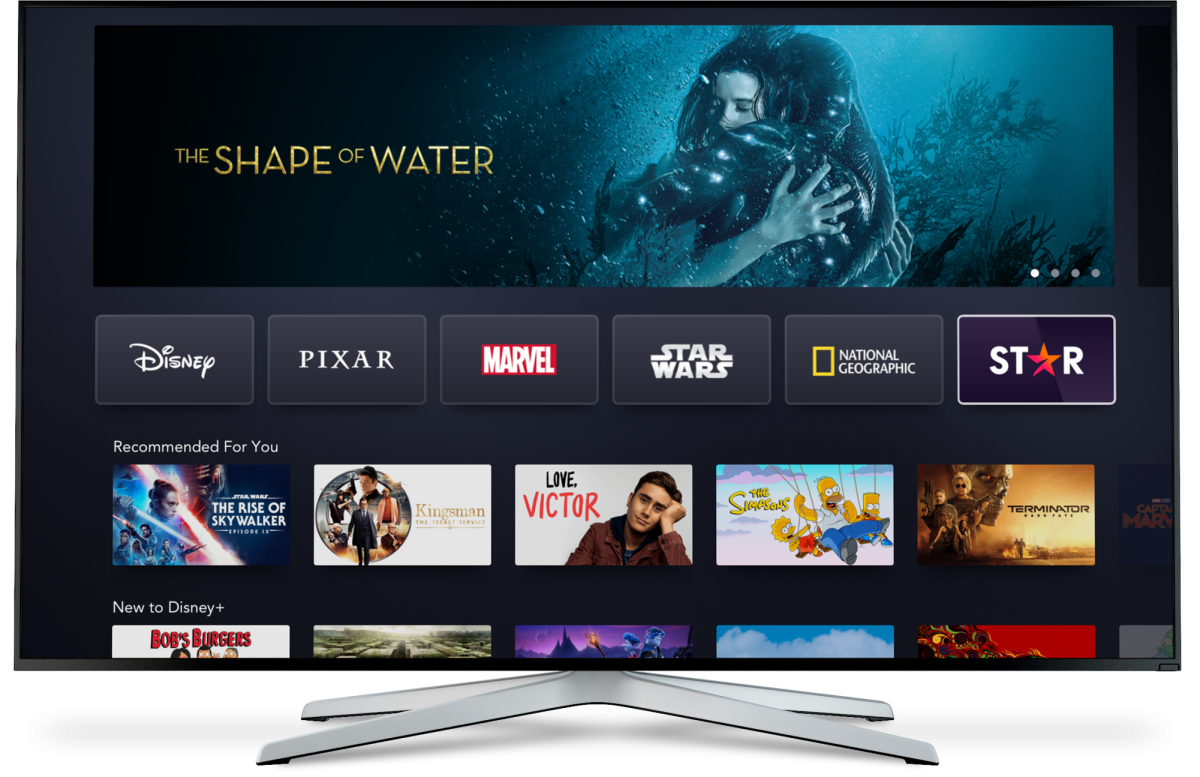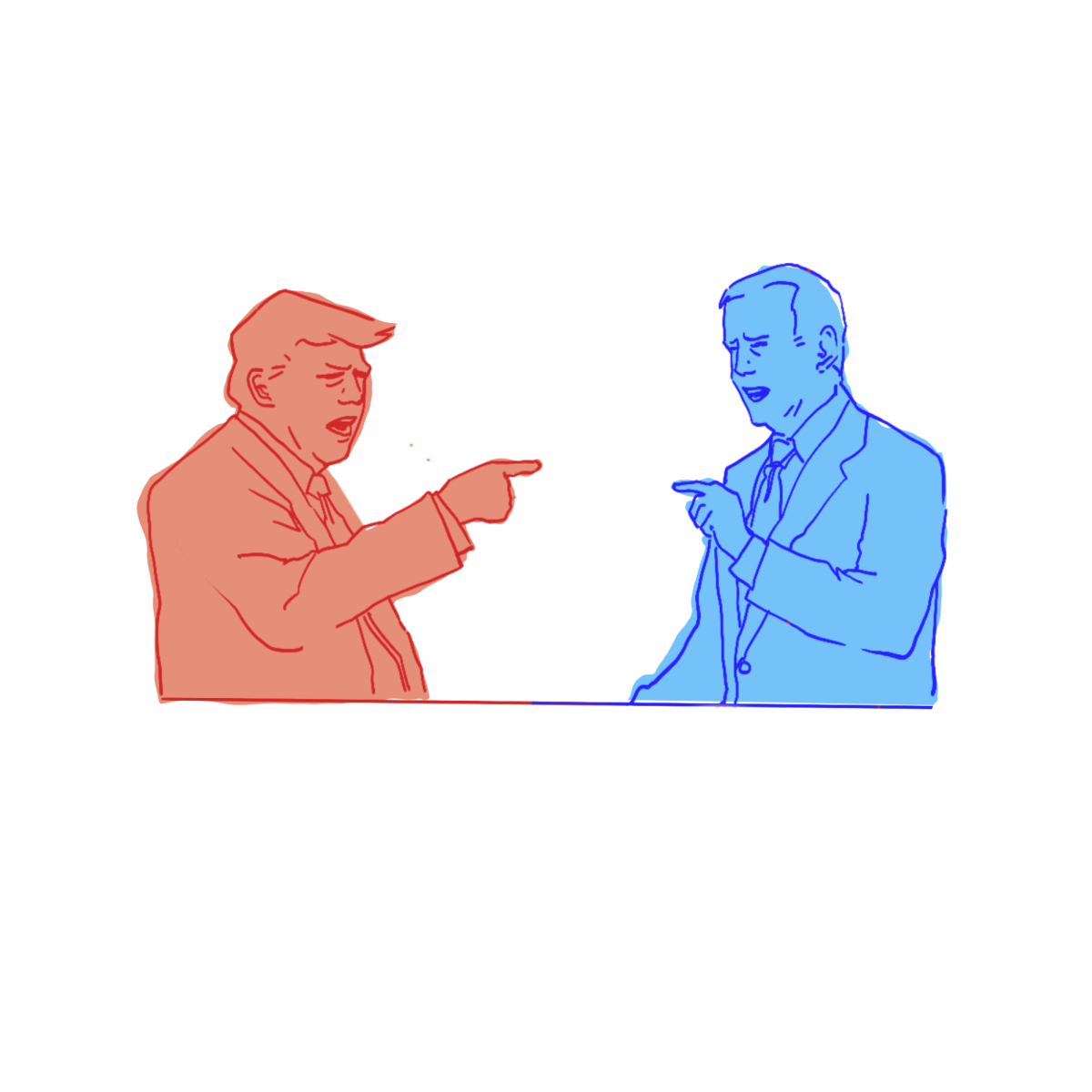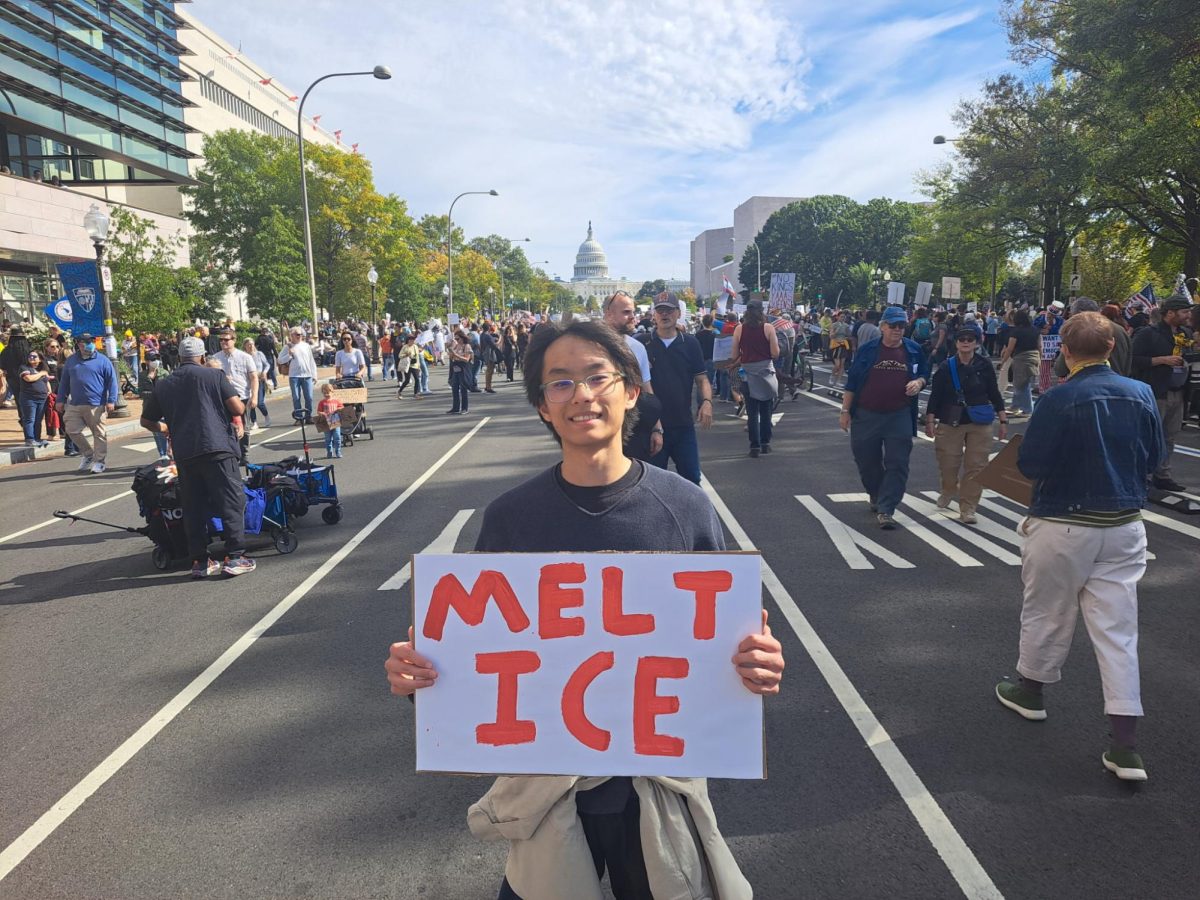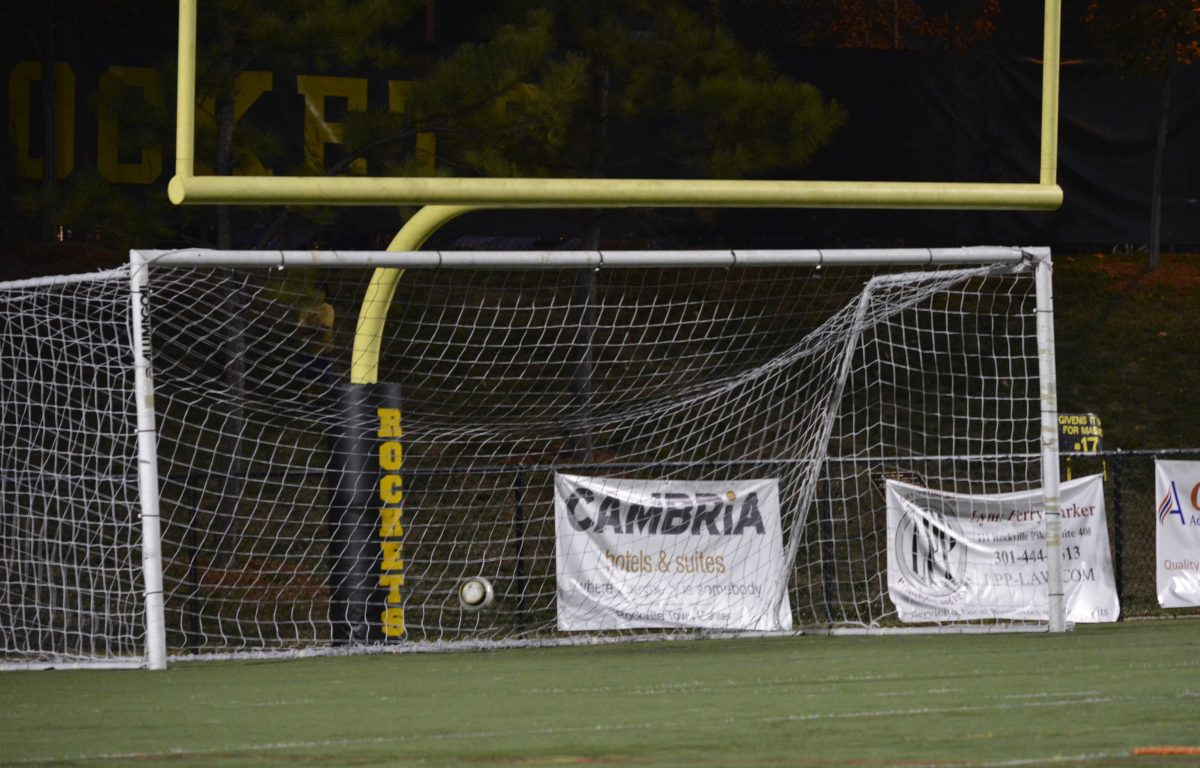“Mickey 17”, released March 7, 2025, adapts Edward Ashton’s novel “Mickey 7”. The film is directed by Academy Award winning director Bong Joon Ho, most known for his acclaimed 2020 film “Parasite”. Set in a futuristic dystopian society, “Mickey 17” tells the story of Mickey Barnes, a civilian burdened by his personal life. In an effort to escape, he applies for the “expendable” program, which involves an individual being repeatedly cloned after their death in order to acquire more data about a new planetary colony, Niflheim. Unaware of what the program actually entails, he must learn to endure his pseudo-immortality, and find his place in the world. Bong’s distinct directive style makes Mickey 17 a spectacle, but the film falls short on delivering on its countless sub-plots.
The film stars Robert Pattinson as the innumerable Mickey Barnes, Mark Ruffalo as the duplicitous ruler Kenneth Marshall, and Naomi Ackie as Nasha, Mickey’s companion through it all. Across the board, each actor shines in their respective roles. The larger-than-life personalities of these characters complement the overall tone of the movie. Robert Pattinson masterfully depicts the conflicting mannerisms between Mickey 17 and his more pessimistic successor Mickey 18. Their complex dynamic adds much needed tension to the film.
At first glance, the film features visuals reminiscent of other sci-fi flicks. However, there are numerous inventive designs for advanced technology, creatures, and an assortment of vehicles that give the movie a unique style in comparison to other movies that share the same genre.
Despite its triumphs, Mickey 17 isn’t without flaw. It features a variety of convoluted subplots that often feel superfluous in the broader narrative. One recurring plotpoint involves crime lord Darius Blank. This plot point inexplicably reappears halfway through the runtime, disrupting the main storyline. More time should have been dedicated to developing the more thematically rich concepts instead, such as the ethical consequences surrounding the expendable program.
Mickey 17 attempts to capture satisfying comedic relief but often falls short. It’s irreverent humor works when it’s making fun of the plot’s absurdity, but feels poorly timed when recurring jokes interrupt otherwise profound dialogue.
Throughout its runtime, it becomes apparent that the film lacks a call to action; there’s no urgency to the plot, so at times it feels aimless. Its main conflict involves the zealous pioneer, Kenneth Marshall, and Mickey, who has been manipulated for Marshall’s gain. Mickey 17 and Mickey 18 must grapple with how to handle this. However, this conflict often feels like an afterthought. This sentiment is amplified by the film’s excessive runtime. Despite only being two hours and eleven minutes, the film’s last portion is spent on a drawn out wild goose chase, rather than focusing on concluding the main story.
Mickey 17 promises an ambitious premise, but fails to meet many of the precedents set by the trailers and marketing. Many will appreciate it for its experimental film making, but general audiences may find it divisive. The film strives in its visual style, performances and sincerity in some of its themes. Unfortunately, its lack of focus, stakes and sporadic comedy, may be a negative for some.
If you would like to voice your opinion on an issue you feel is relevant to our community, please do so here. Anyone is able and welcome to submit a Letter to the Editor, regardless of journalistic experience or writing skills. Submissions may be published either online or in a print issue.


